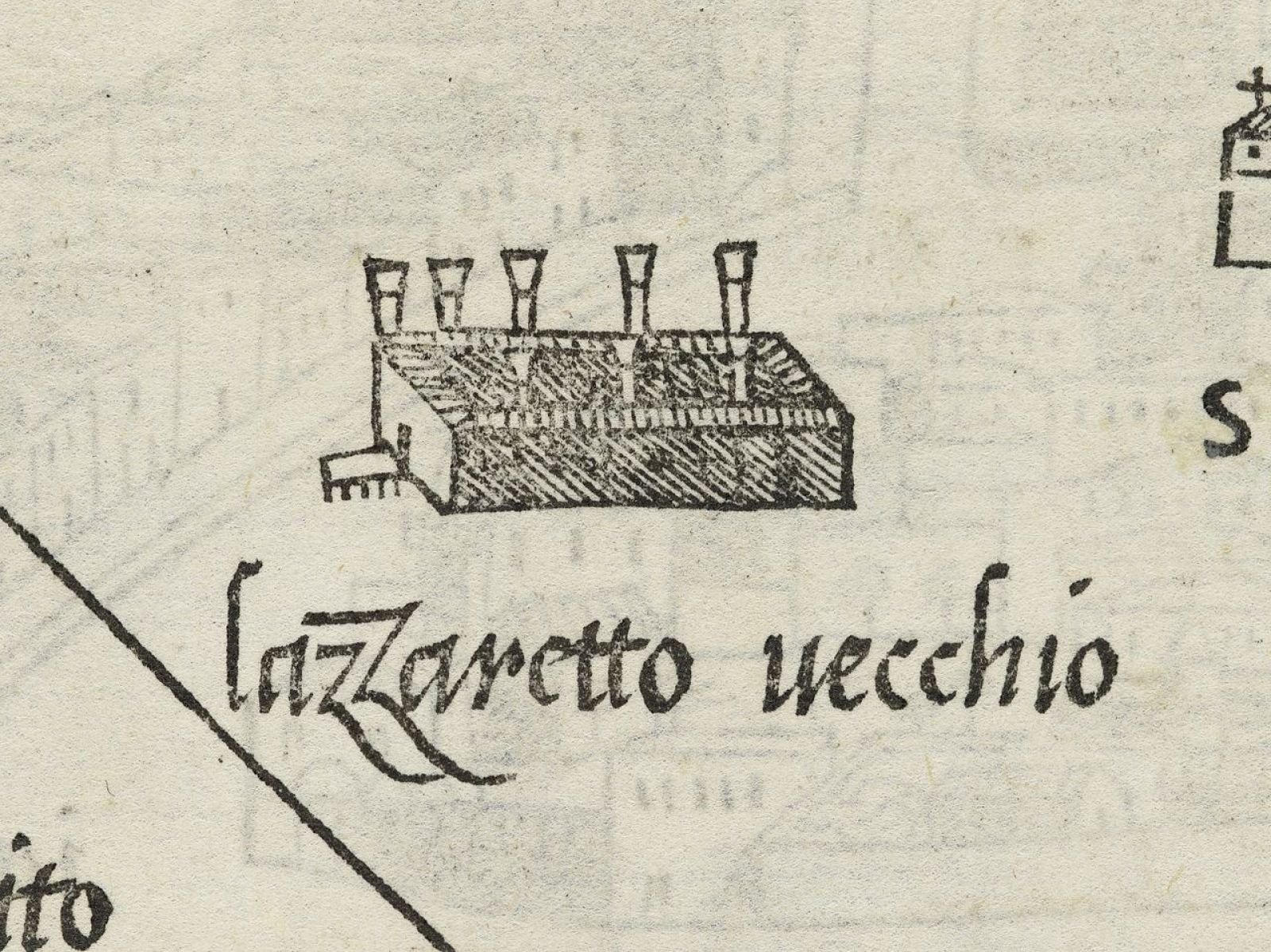Research
Plague, Image, Cult: Image Production and Social Resilience in the Second Pandemic Age
Nils Weber | Doctoral Fellow

Lazzaretto Vecchio di Venezia (detail), in: Benedetto Bordon: Isolario, 1534
The project investigates the production of images and artifacts in the epoch of the so-called Second Pandemic Age (14th-18th century). This major biopolitical event started with the most severe outbreak of the bubonic plague in 1346 – later known as the Black Death – and subsequently unfolded in epidemic waves that devasted Early Modern populations. By focusing on outbreaks in various cities, for example the outbreak of 1575 in the Venetian archipelago, and the pictorial innovations of specific artists, like the late work of Veronese, the project aims to shed light on the production and veneration of images in times of health crises and their use as vehicles of social resilience against the trepidation of illness and mass death. Particular attention will be paid to the myriad religious responses and explanations of epidemics as the wrath or mercy of a divine entity, and their manifestations in highly idiosyncratic image cults.


